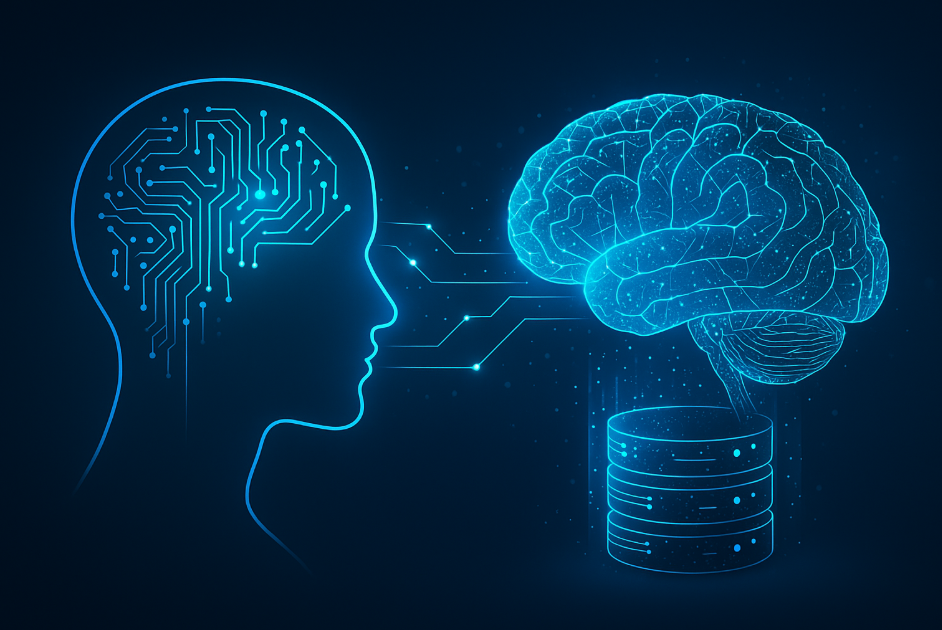Imagine replaying your happiest memory with the clarity of a film or transferring your skills to someone else like a USB drive. While it may sound like science fiction, the idea of digitally storing human thoughts and memories is inching closer to reality thanks to remarkable advances in neurotechnology.
The Brain as a Hard Drive
The human brain is an extraordinary piece of biological machinery. With an estimated storage capacity of over 2.5 petabytes, it far surpasses the average computer. For decades, scientists have studied how we form, store and retrieve memories. Today, with progress in brain-computer interfaces (BCIs) and neural imaging, we’re beginning to decode the very language of thought.
Pioneering companies like Neuralink and leading universities across the globe are developing technologies that can interpret brain signals with impressive accuracy. Recent breakthroughs using functional MRI (fMRI) combined with artificial intelligence have allowed researchers to recreate crude visuals and even spoken words from brain activity. While still early days, it’s a major step towards mapping memory and consciousness.
Backing Up Your Brain
The idea of backing up your brain may seem far-fetched but research is gaining pace. In recent studies, scientists have mapped the memory pathways in mice and successfully altered their ability to recall. This opens the door to preserving memories digitally, possibly restoring lost recollections in people with conditions like Alzheimer’s disease.
Imagine a future where memories are stored in the cloud, accessible at any time through a neural device. Personal archives of your most important life moments could be revisited, shared or passed on to future generations.
Mind-to-Mind Sharing
Another fascinating prospect is the ability to transfer knowledge or memories between individuals. While it sounds like something out of a futuristic thriller, early experiments have already seen simple brain signals transmitted between animals and even from human to animal in limited forms.
This raises an exciting possibility: training and knowledge-sharing could become instantaneous. Rather than reading a manual or watching a tutorial, you could one day upload a memory file of the experience directly.
Challenges Ahead
Of course, this potential revolution is not without serious ethical and technical questions. Who owns your memories once they’re digitised? Could they be stolen, altered or manipulated? And what happens to identity if memories can be copied or transferred?
Technically, translating the richness and complexity of human thought into data is an immense challenge. Thoughts are more than electrical signals, they’re emotional, contextual and deeply human. Replicating them in digital form will require breakthroughs not just in technology but also in our understanding of consciousness.
What This Means for the Future
While the idea of storing thoughts like files is still developing, the impact on society could be profound. From healthcare to education, even logistics and industry training, digital memory banks could preserve critical knowledge, streamline training and reduce human error.
Imagine a warehouse where decades of operational expertise are passed on instantly. Or an engineer who downloads the memory of a complex repair procedure. The possibilities for practical applications are endless.
The future of memory might not lie only in our minds but in our machines too. And as we continue to explore this extraordinary frontier, one thing is clear: we are on the verge of changing what it means to think, remember and learn.










